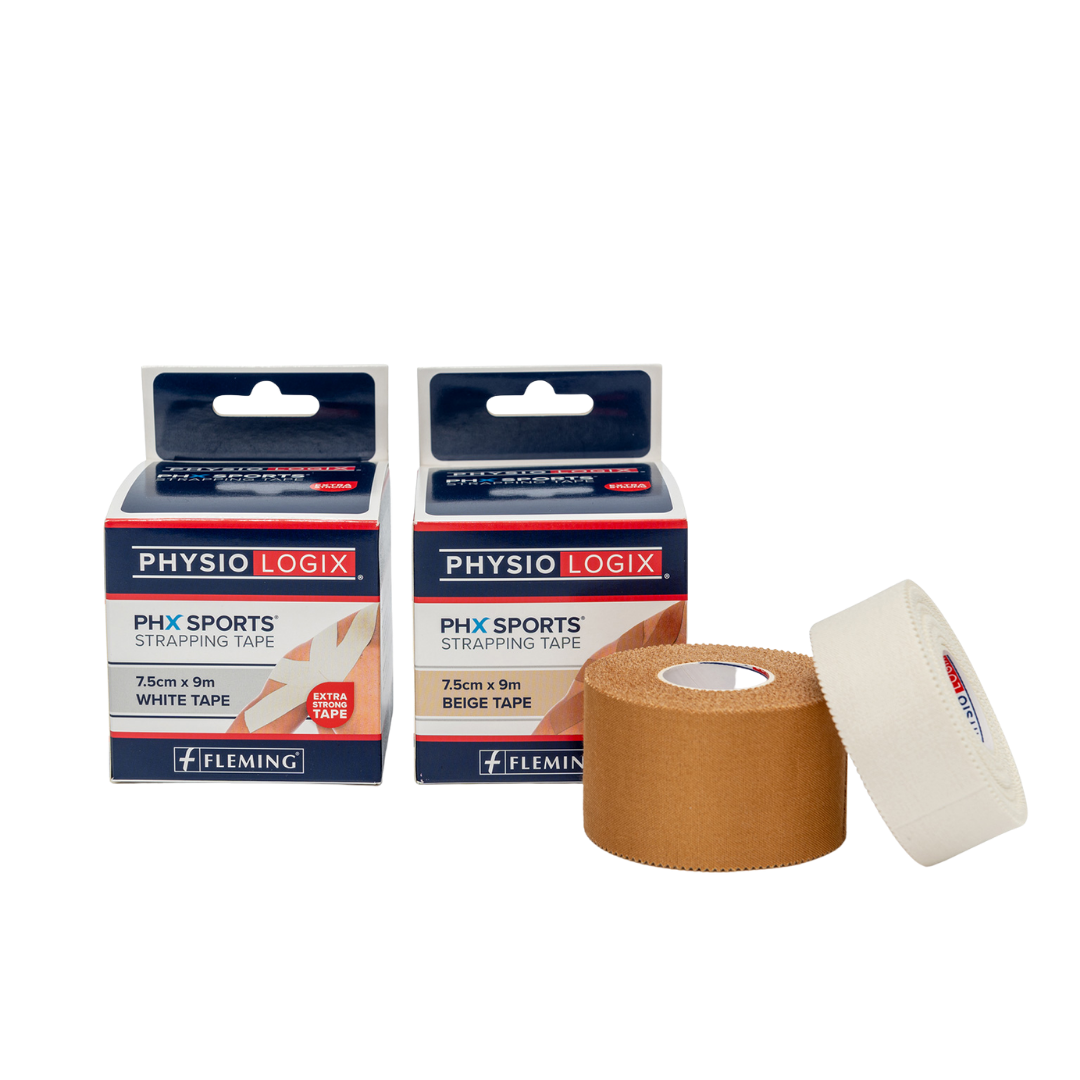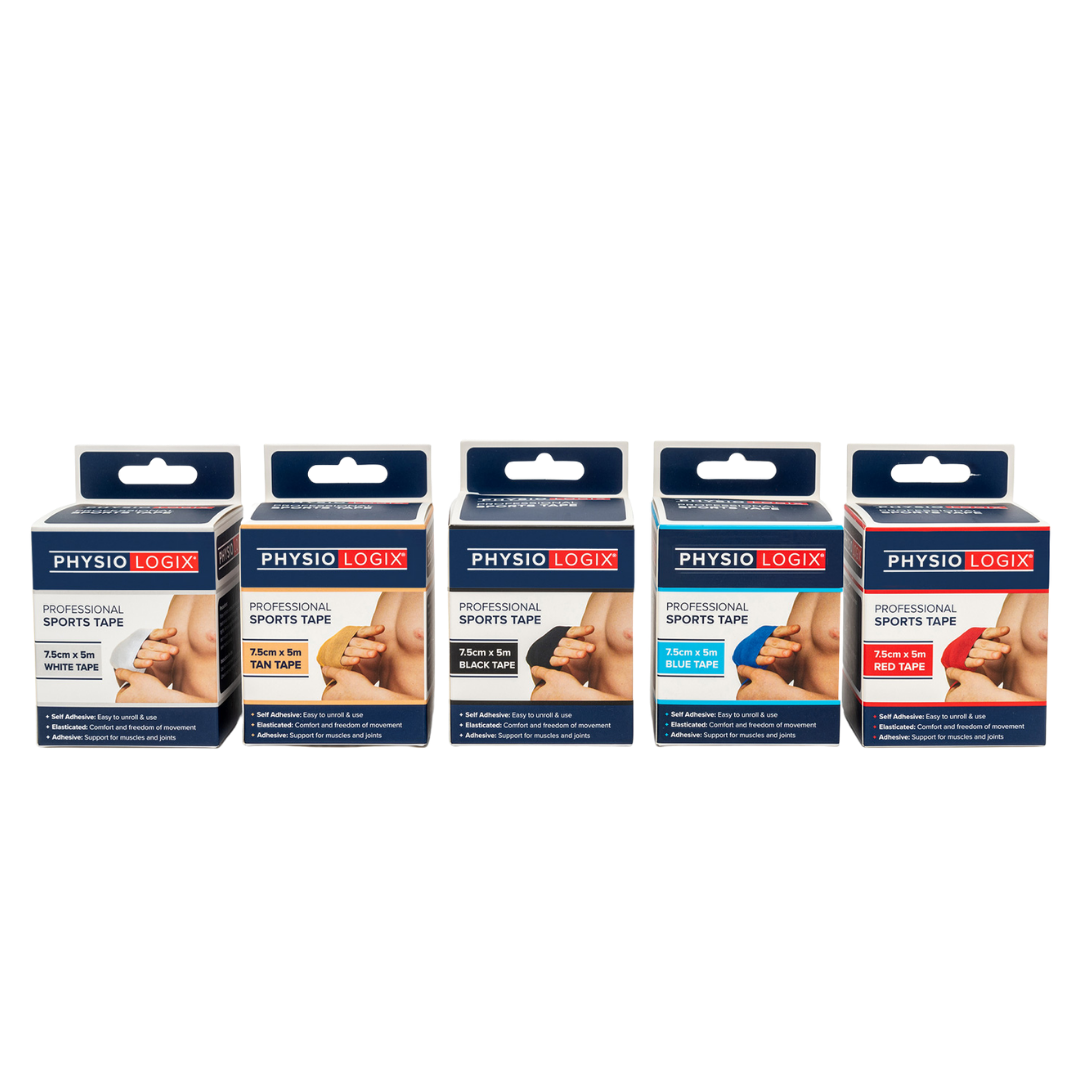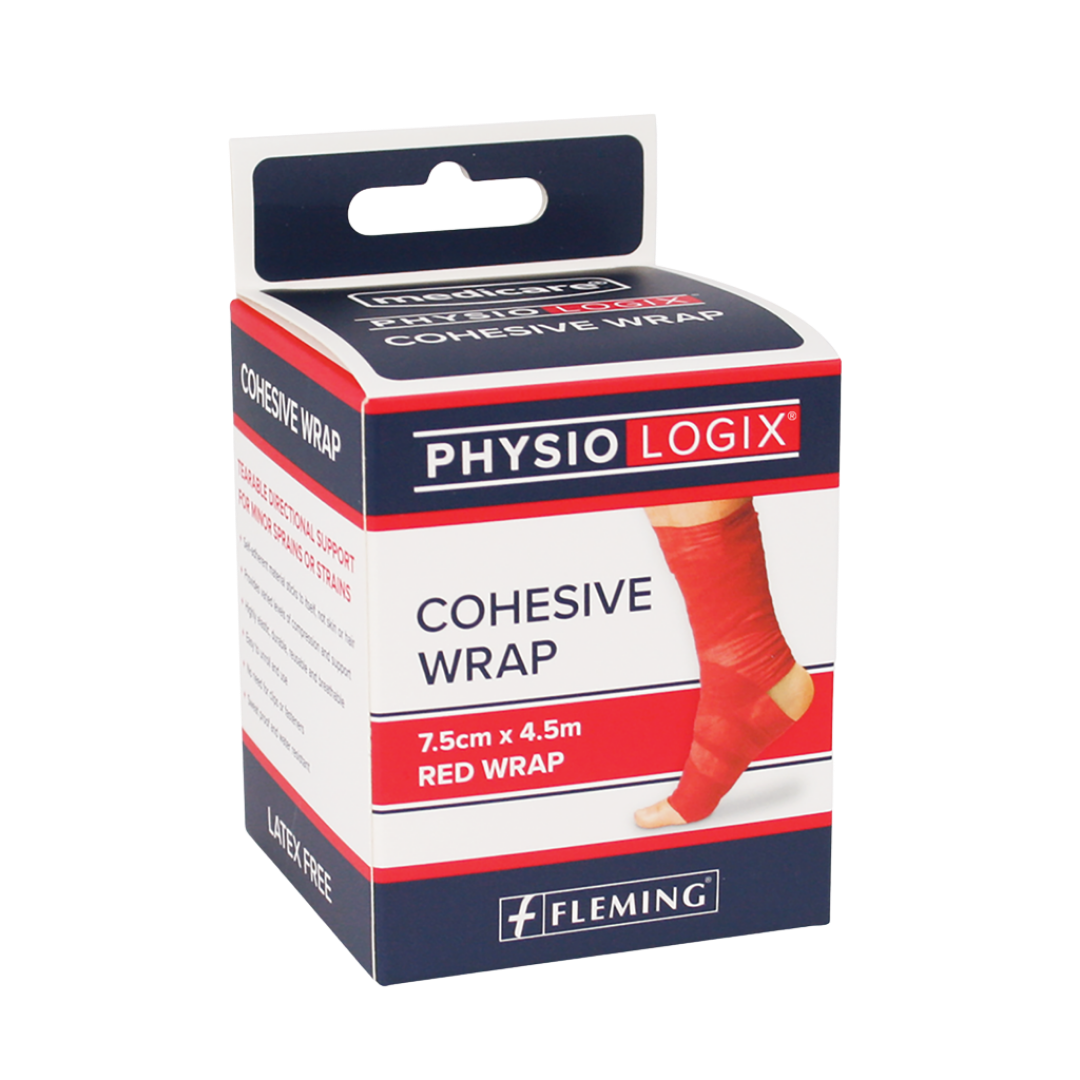Headlines
- Advanced Footcare Solutions: Use Cases Explained
- Keeping Customers Covered: How Pharmacies can address the Summer Burn Surge - A clinical and practical guide for pharmacy teams
- Fleming Medical Achieves ISO 13485 Certification – Reinforcing Our Commitment to Patient Safety and Quality
- Breathe Easy with Medicare Nasal Spray
- Gentle Daily Ear Care with Medicare Ear Spray
Recover Like a Pro: Ankle Injuries - How they Happen, Treatment & Prevention
08 March 2022

As part of our ongoing partnership with Munster Rugby, we have teamed up with Munster Rugby Physiotherapist Ray McGinley to bring you expert information and advice about ankle injuries which will teach you how to treat and avoid them.
Watch the video to find out more.

There are two common types of ankle injuries:
1. Lateral Ligament Sprains
2. Syndemosis/High Ankle Sprains
How do they happen?
Lateral sprains occur when the ankle rolls. For example, when you are running and you change direction or in a public setting when you roll your ankle off a curb or step. Sometimes there can be further damage done to the muscle, tendon or bone.
Syndesmosis or high ankle sprain occurs between the tibia and fibula and is concerned with the interosseous and posterior ligaments. It usually happens when someone stands on your foot and there is a twisting element. In rugby, it often happens in a ruck where your foot gets caught and twists sideways.
Treatment:
At the acute stage of an ankle injury, there can be a lot of swelling and bruising around the joint and the person is unable to weight bear and is experiencing instability. The RICE Method is ideal for this situation.

For the ice element of the RICE Method, Medicare Instant Ice Packs and Medicare Ice Spray are ideal for handy on-the-go treatment. The Physiologix Cohesive Wrap is ideal for compression and is very effective for treating the swelling of injured joints and perfect for holding ice packs in place.
For the subacute stage of the healing process, it is recommended that you try to get your strength and range of motion back to normal. Start doing running drills again and try to change direction safely if the pain allows you to do so. Using ankle supports like the Physiologix ones shown below will help with instability and ultimately your recovery.





Prevention:
For an athlete, taping is extremely important to prevent ankle injuries. Rigid and restrictive tape like the Physiologix Zinc Oxide Tape helps keep weak joints in place and offers firm support. More elasticated tapes such as the Physiologix Sports Tape and the Cohesive Wrapsare more flexible, which encourages a good range of motion while offering a medium level of compression and support.
Tips & Recommendations:
When you have an ankle injury, try to control the pain and swelling by using ice products and tapes for compression as much as possible. if those two elements are under control, rehab is a lot easier and the range of motion in the joint will come back and set you on the road to recovery.
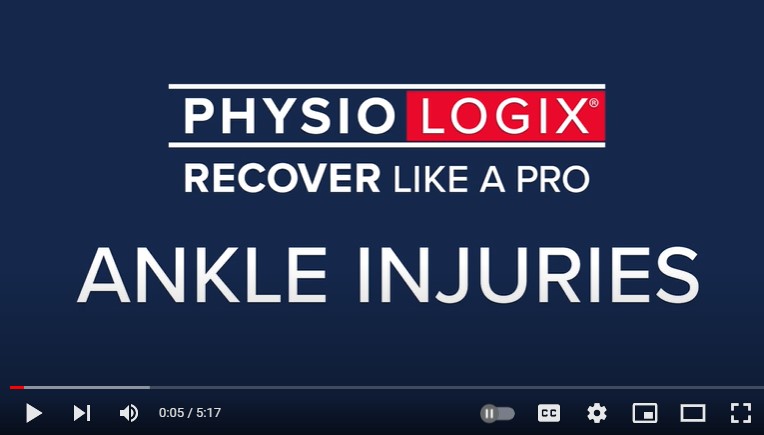
There are two common types of ankle injuries:
1. Lateral Ligament Sprains
2. Syndemosis/High Ankle Sprains
How do they happen?
Lateral sprains occur when the ankle rolls. For example, when you are running and you change direction or in a public setting when you roll your ankle off a curb or step. Sometimes there can be further damage done to the muscle, tendon or bone.
Syndesmosis or high ankle sprain occurs between the tibia and fibula and is concerned with the interosseous and posterior ligaments. It usually happens when someone stands on your foot and there is a twisting element. In rugby, it often happens in a ruck where your foot gets caught and twists sideways.
Treatment:
At the acute stage of an ankle injury, there can be a lot of swelling and bruising around the joint and the person is unable to weight bear and is experiencing instability. The RICE Method is ideal for this situation.
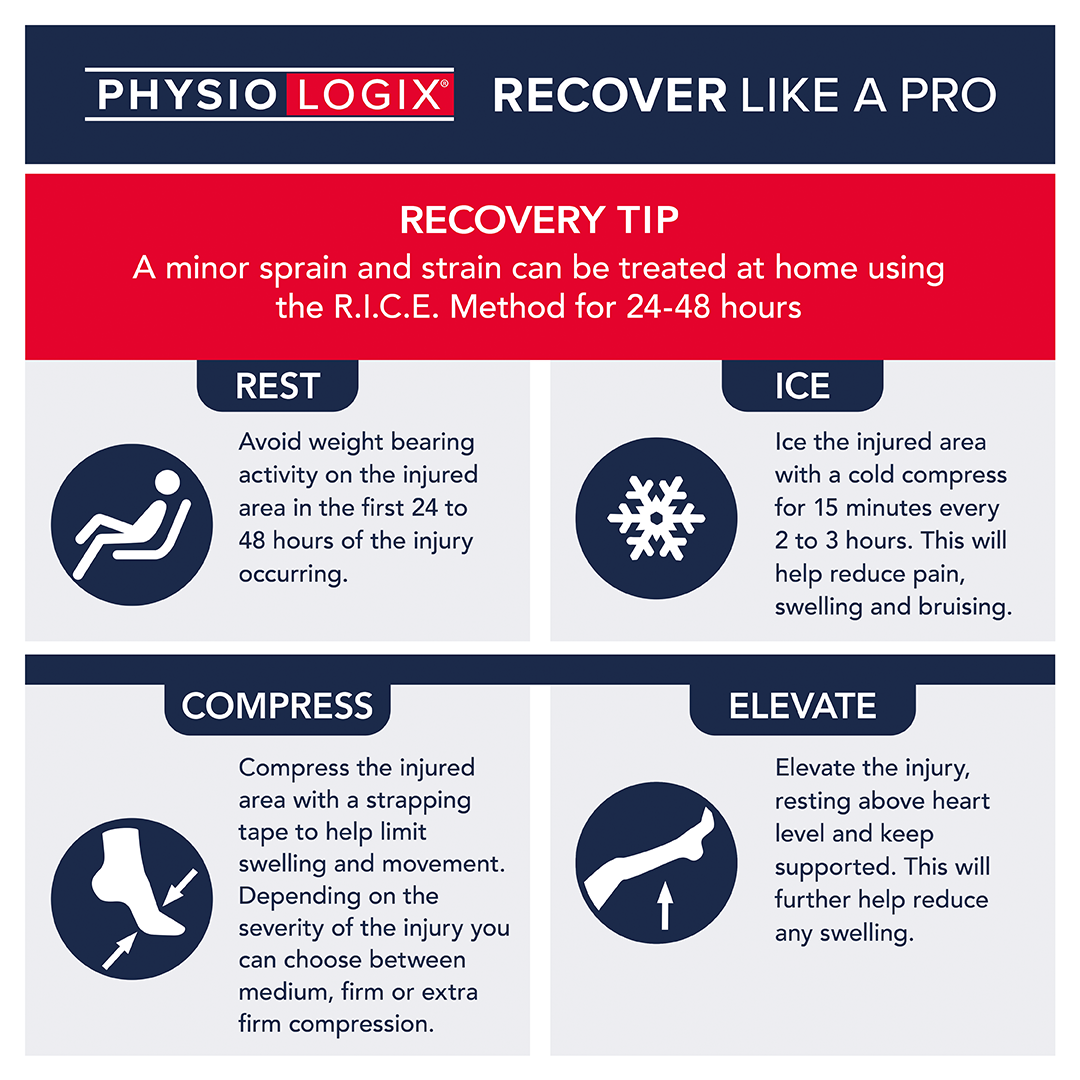
For the ice element of the RICE Method, Medicare Instant Ice Packs and Medicare Ice Spray are ideal for handy on-the-go treatment. The Physiologix Cohesive Wrap is ideal for compression and is very effective for treating the swelling of injured joints and perfect for holding ice packs in place.
For the subacute stage of the healing process, it is recommended that you try to get your strength and range of motion back to normal. Start doing running drills again and try to change direction safely if the pain allows you to do so. Using ankle supports like the Physiologix ones shown below will help with instability and ultimately your recovery.
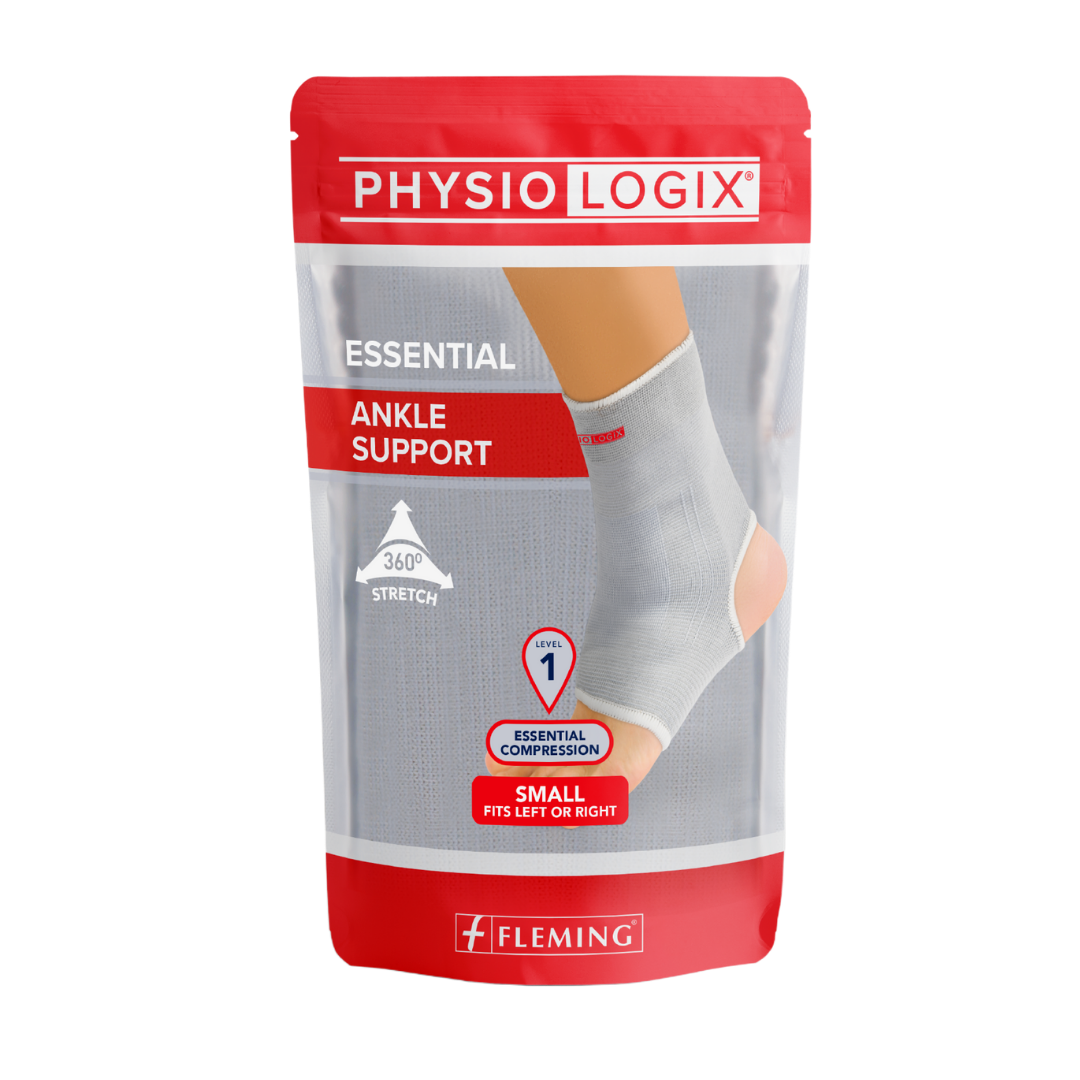
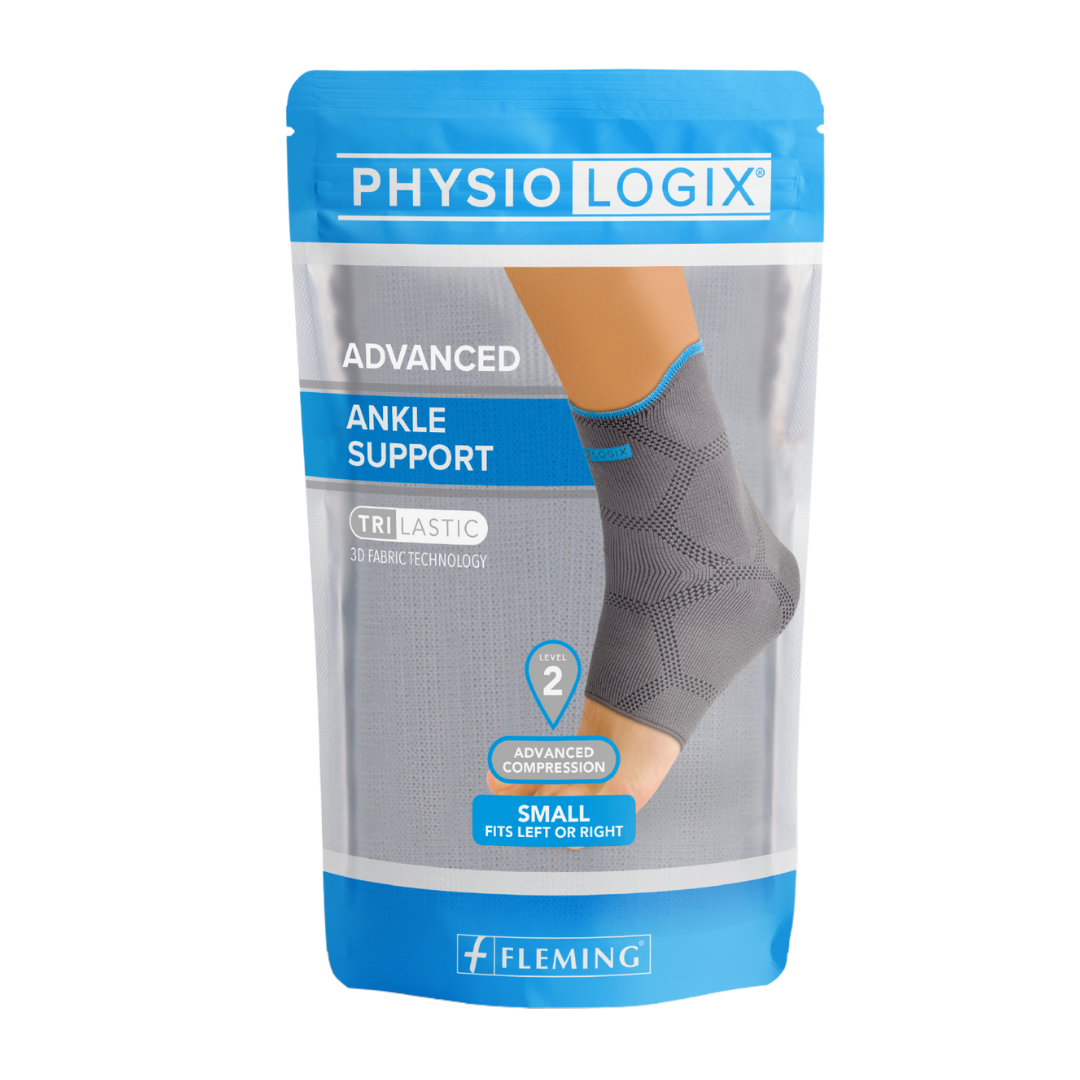
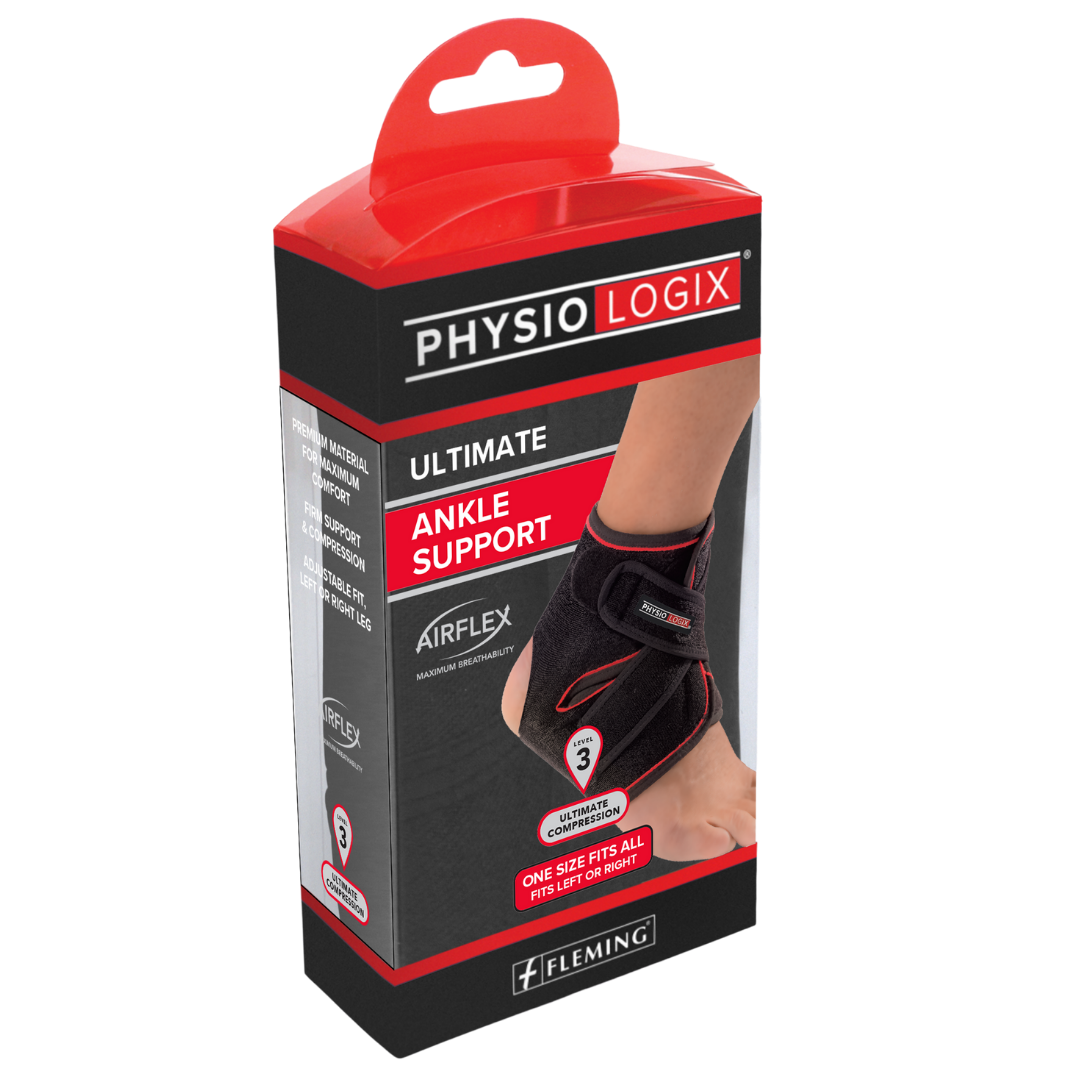
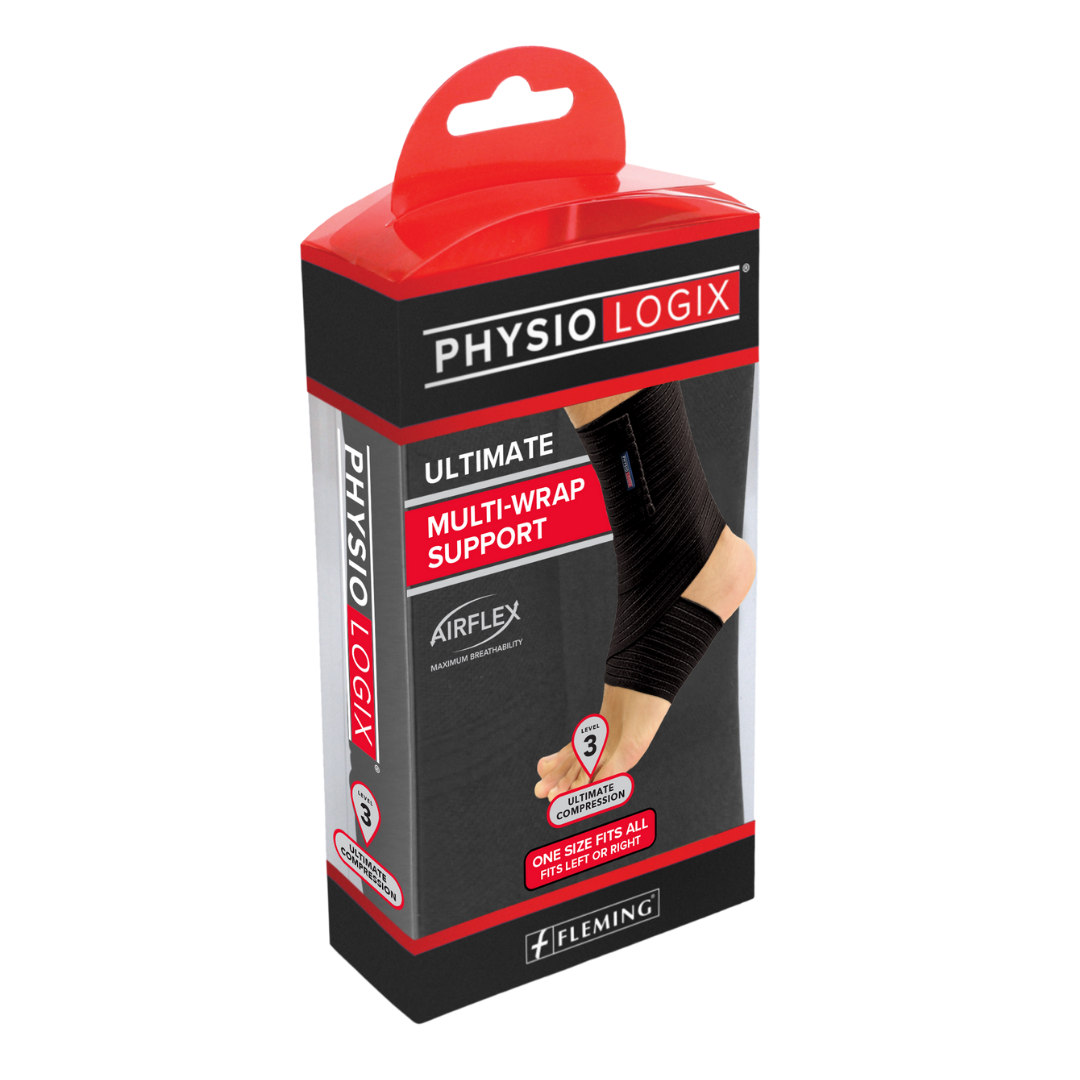
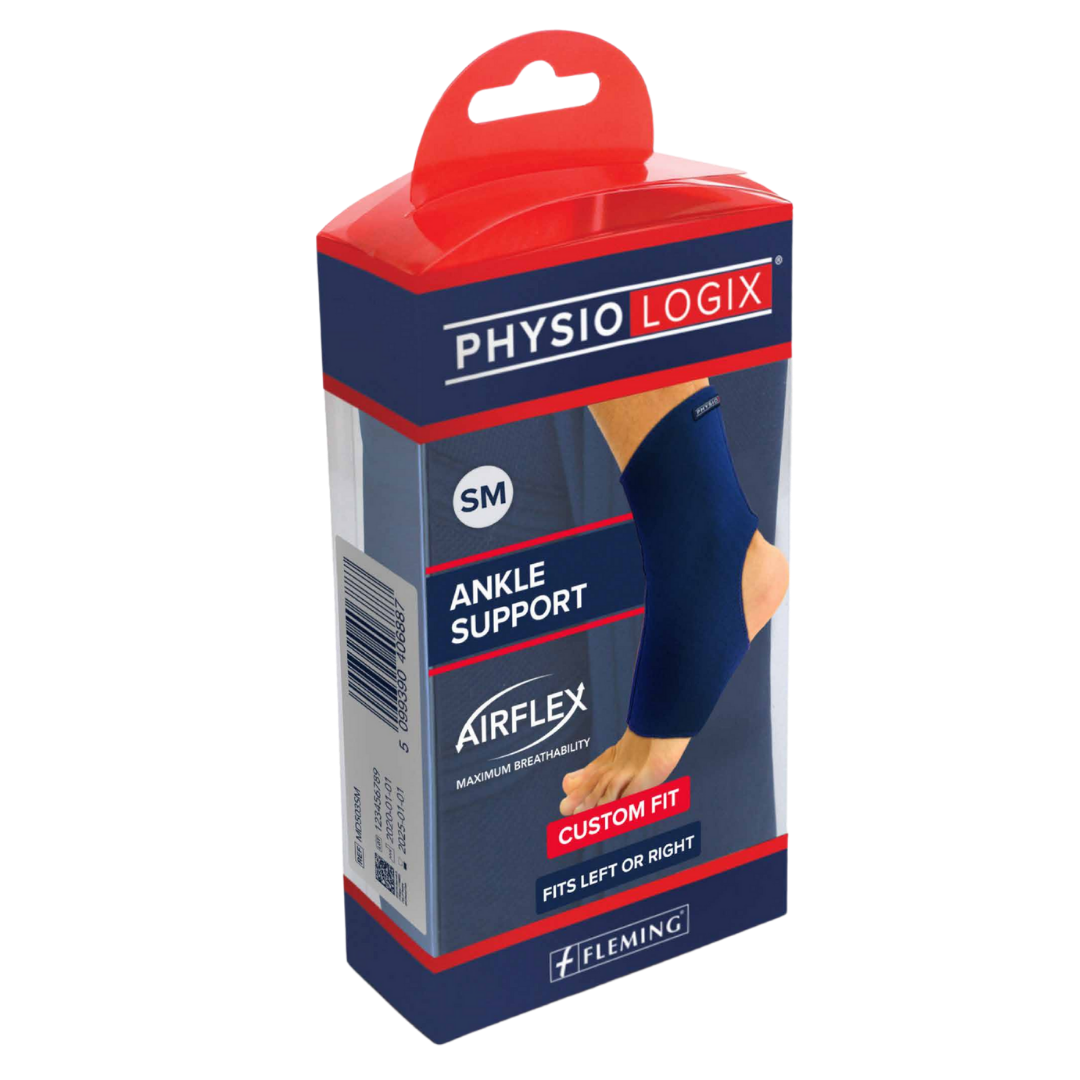
Prevention:
For an athlete, taping is extremely important to prevent ankle injuries. Rigid and restrictive tape like the Physiologix Zinc Oxide Tape helps keep weak joints in place and offers firm support. More elasticated tapes such as the Physiologix Sports Tape and the Cohesive Wrapsare more flexible, which encourages a good range of motion while offering a medium level of compression and support.
Tips & Recommendations:
When you have an ankle injury, try to control the pain and swelling by using ice products and tapes for compression as much as possible. if those two elements are under control, rehab is a lot easier and the range of motion in the joint will come back and set you on the road to recovery.
Follow Physiologix on social media for more tips and tricks from experts like Munster's Ray McGinley

